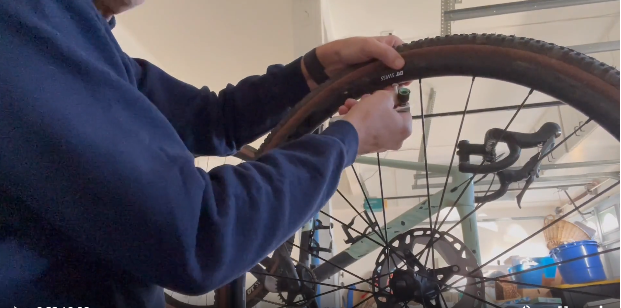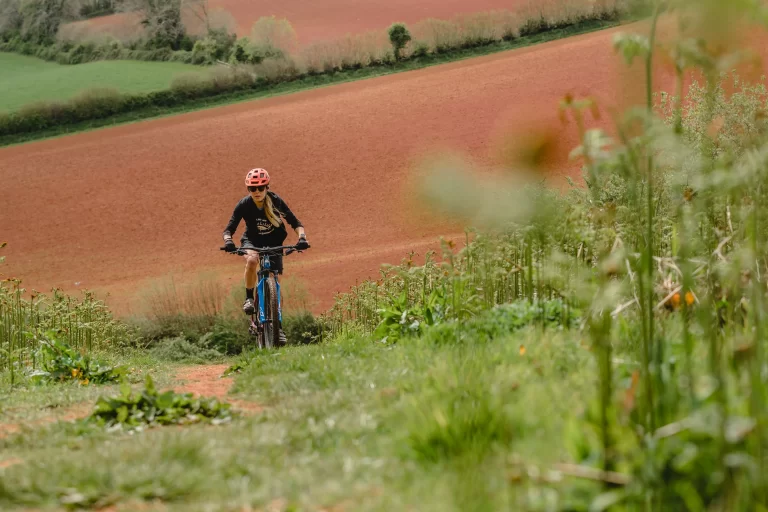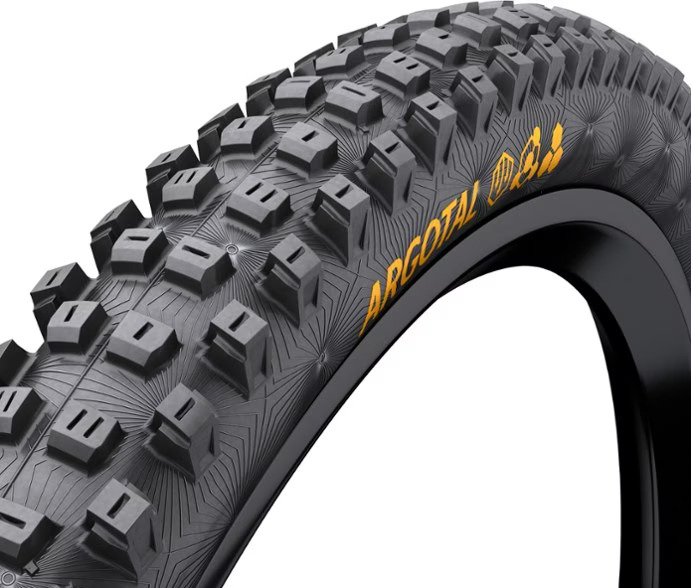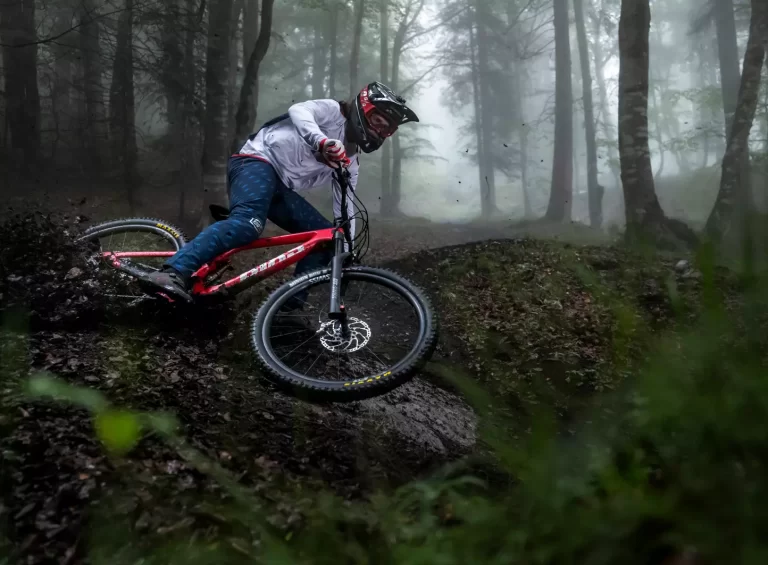Road Bike Tire Size Guide: Matching Tires to Your Riding Style
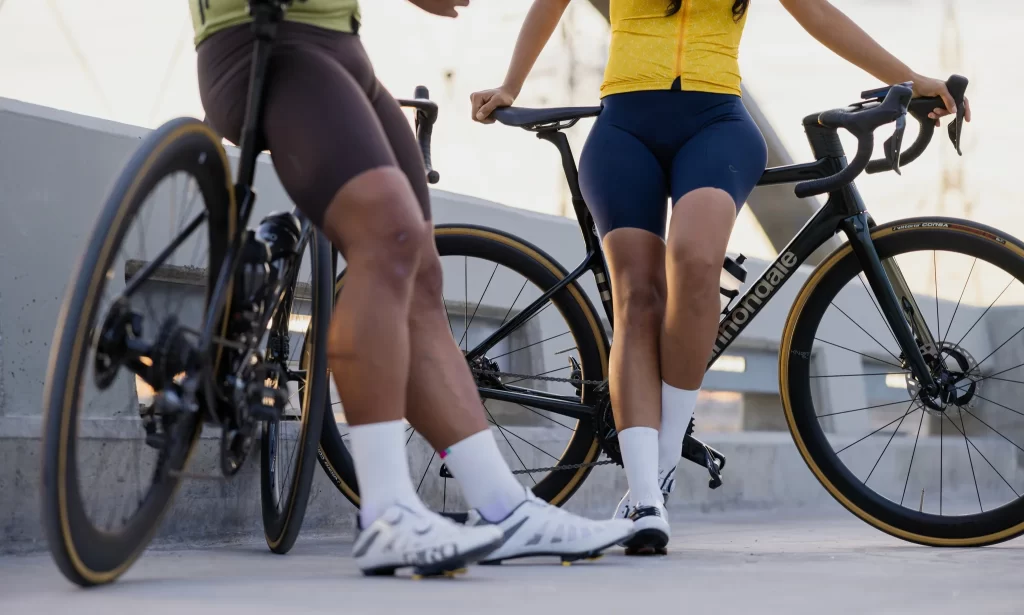
Key Point Summary of Types of Road Bike Tire Size Guide:
- Understanding Road Bike Tire Sizing: Breakdown of tire dimensions and how to read them.
- Wheel Compatibility: How to match tire sizes with your road bike’s wheels.
- Choosing the Right Size for Your Needs: Tips on selecting tire sizes based on riding style and conditions.
As a masters cyclist with a broad range of experience racing and riding mountain bikes, gravel bikes, and cyclocross bikes, I’ve come to appreciate the critical importance of choosing the right tire size for road biking. This guide is crafted especially for beginner to mid-level cyclists, aiming to demystify road bike tire sizing and help you select the best tires for your riding style and conditions.
Understanding Road Bike Tire Sizing
Road bike tire sizes can seem a bit complex at first, but they’re actually quite straightforward once you understand the basics.
- Tire Dimensions: Tires are generally marked with two numbers, indicating their width and diameter. For example, a tire marked 700x25c means it has a diameter of 700mm and a width of 25mm. My first road bike had 700x23c tires, common at the time, but I soon switched to wider tires for better comfort and grip.
- Width Considerations: Wider tires, such as 25mm or 28mm, can offer more comfort and better handling, especially on rough roads. I’ve found 28mm tires to be a sweet spot for most of my road rides, offering a good balance of speed and comfort.
- Diameter Selection: The most common diameter for modern road bikes is 700c, but some smaller or older bikes might use 650b or 26-inch tires. Always check your wheel’s size before buying tires.

Impact of Tire Pressure on Performance and Comfort
Another crucial aspect to consider in road bike tire selection is tire pressure, which can significantly impact both performance and comfort.
- Optimal Tire Pressure: The correct tire pressure depends on tire size, rider weight, and riding conditions. For instance, wider tires like 28mm can be run at lower pressures compared to 23mm tires, offering a smoother ride over bumpy surfaces. As a heavier rider, I’ve found that slightly higher pressures work better for me, preventing pinch flats and maintaining tire structure.
- Gauge and Adjust Regularly: Tire pressure isn’t a ‘set and forget’ aspect. It needs regular checking and adjusting. I make it a habit to check my tire pressure before every ride, as changes in temperature and riding conditions can affect it.
- Road Feel and Handling: Proper tire pressure can drastically alter the feel of your ride. Too high, and the ride becomes harsh and unforgiving; too low, and you risk increased rolling resistance and potential tire damage. Finding that sweet spot can transform your riding experience, as I learned during a gran fondo where dialing in the right pressure made the long miles much more enjoyable.
- Experiment for Your Best Setup: Don’t hesitate to experiment with different pressures. What works for one rider might not be ideal for another. Factors like personal comfort, handling preference, and tire wear all play a part in finding your ideal pressure.
The Role of Tire Tread in Road Cycling
While road bike tires are typically known for their slick, treadless design, the role of tire tread can still be significant, particularly in varying road conditions.
- Tread Patterns and Road Conditions: While slick tires are ideal for smooth, dry roads due to their greater contact area and reduced rolling resistance, certain tread patterns can offer advantages in wet conditions or on rougher pavement. As someone who’s cycled through sudden downpours, I’ve experienced the benefits of tires with minimal tread offering better grip in wet conditions.
- Seasonal Adaptation: If you live in an area with changing seasons, having a set of tires for different weather conditions can be advantageous. For example, in wetter seasons or colder climates, tires with some tread can provide extra confidence through better grip.
- Puncture Resistance and Tire Tread: While not directly related to tread design, the tire’s compound and construction, which contribute to puncture resistance, are also crucial. A tire that balances puncture resistance with performance can save a lot of headaches. I recall a ride where my puncture-resistant tires were a lifesaver on a route littered with debris.
Wheel Compatibility
Ensuring your tires are compatible with your bike’s wheels is crucial.
- Rim Width: The width of your rim can affect what tire sizes will fit. Most modern road bike rims can accommodate a range of tire widths. I’ve used rims that could fit anything from 23mm up to 32mm tires, which gave me plenty of options to experiment with.
- Tire Bead Type: There are two main types of tire beads: clincher and tubular. Clinchers are the most common and easiest to handle, especially for beginners. Tubular tires are typically used by pros for racing due to their performance benefits but require more effort to install and maintain.
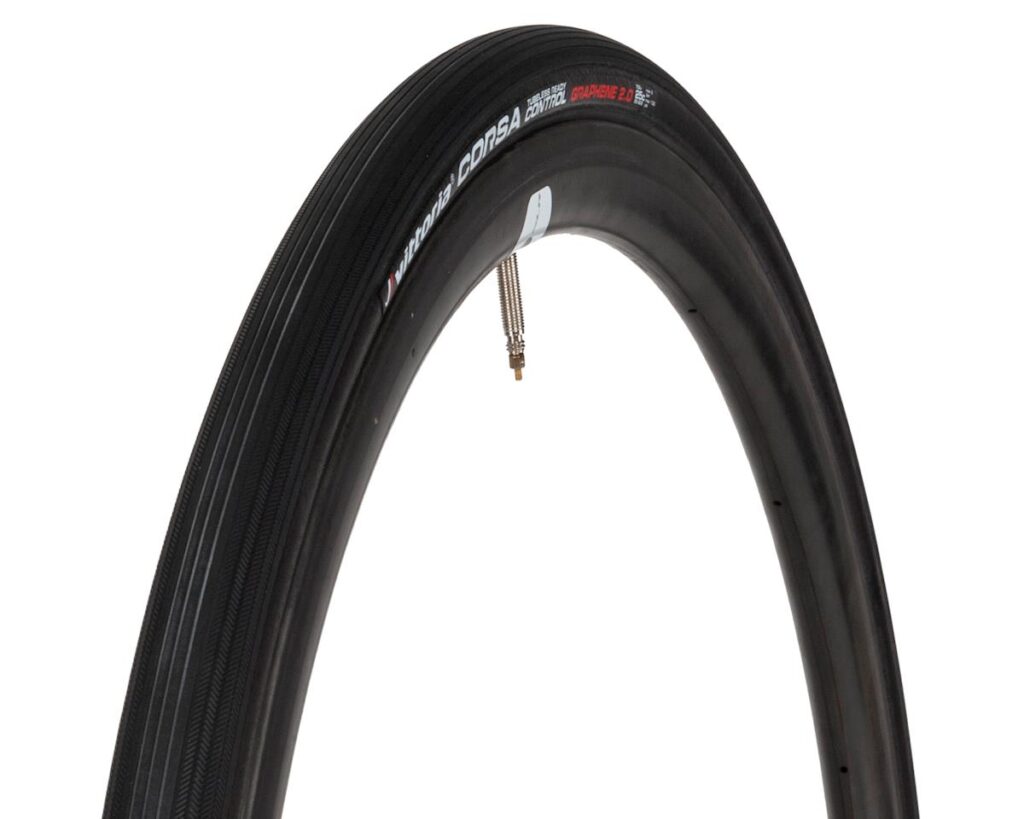
Choosing the Right Size for Your Needs
Selecting the right tire size depends on your riding style, comfort preferences, and the conditions you’ll be riding in.
- For Speed and Efficiency: If you’re into racing or fast-paced riding, you might prefer narrower tires, like 23mm or 25mm, as they can reduce rolling resistance and increase speed.
- For Comfort and Versatility: For riders who face mixed road conditions or prioritize comfort, wider tires (28mm and above) are preferable. They provide better shock absorption and stability, especially on uneven surfaces.
- Personal Experience: Over the years, I’ve experimented with different tire sizes. For everyday training and long-distance rides, I’ve settled on 28mm tires for their blend of efficiency, comfort, and versatility. However, for races or time trials, I still opt for 25mm tires for that slight edge in speed.

Based on the factors discussed in the guide, here are some top picks for road bike tires, each excelling in different aspects like durability, comfort, and performance:
- Continental Grand Prix 5000: A favorite among many road cyclists, this tire offers an excellent balance of low rolling resistance, durability, and puncture protection. It’s suitable for both training and racing.
- Schwalbe Pro One Tubeless: Known for its superb grip and comfort, especially when run tubeless. It’s a great option for riders looking for reduced rolling resistance and enhanced puncture resistance.
- Vittoria Corsa Control: Ideal for rougher roads or variable conditions. It provides extra grip and is renowned for its smooth ride quality, thanks to its Graphene compound.
- Michelin Power Road: Offers a great mix of longevity, grip, and performance. It’s a solid choice for cyclists who rack up a lot of miles and need a tire that can endure long distances.
- Pirelli P Zero Velo: A tire that excels in both dry and wet conditions, offering great handling and durability. It’s a fantastic all-rounder that performs well in various riding situations.
Each of these models stands out for its unique blend of features, catering to different preferences and road conditions, making them some of the best options currently available for road cyclists.
Final Thoughts
Choosing the right road bike tire size is a balance between your riding style, comfort needs, and the conditions you ride in. By understanding tire dimensions, ensuring wheel compatibility, and considering your personal preferences, you can select the tire size that will enhance your road biking experience. Remember, the right tires can make a significant difference in your ride quality and performance.
So take your time, try out different sizes if possible, and find the perfect match for your road adventures.
John
FAQ
What size tyres do I need for my road bike?
To determine the right tire size for your road bike, check your wheel’s diameter (commonly 700c) and rim width. The most popular sizes are 25mm to 28mm for a balance of comfort and efficiency. Ensure the width is compatible with your rim and provides sufficient clearance in your bike frame.
What is the best tire size for road bike?
The best tire size for a road bike typically depends on personal preference and riding conditions. However, 25mm to 28mm tires are currently popular for their balance of comfort, grip, and rolling efficiency, suitable for a variety of road surfaces and conditions.
Is a 28-inch bike tire the same as 700C?
Yes, a 28-inch bike tire is generally the same as a 700C tire. The term 28-inch is often used interchangeably with 700C in the context of road and hybrid bikes, even though the actual diameter is not precisely 28 inches. Both refer to a rim diameter of approximately 622mm.
How do I know my road bike tire size?
To know your road bike tire size, check the sidewall of your current tires. The size is usually printed or embossed there, typically in a format like 700x25c or 650x23c, where the first number indicates the diameter and the second number the width, both in millimeters. If the tire is too worn to read, you can check your bike’s specifications online or in its manual.

